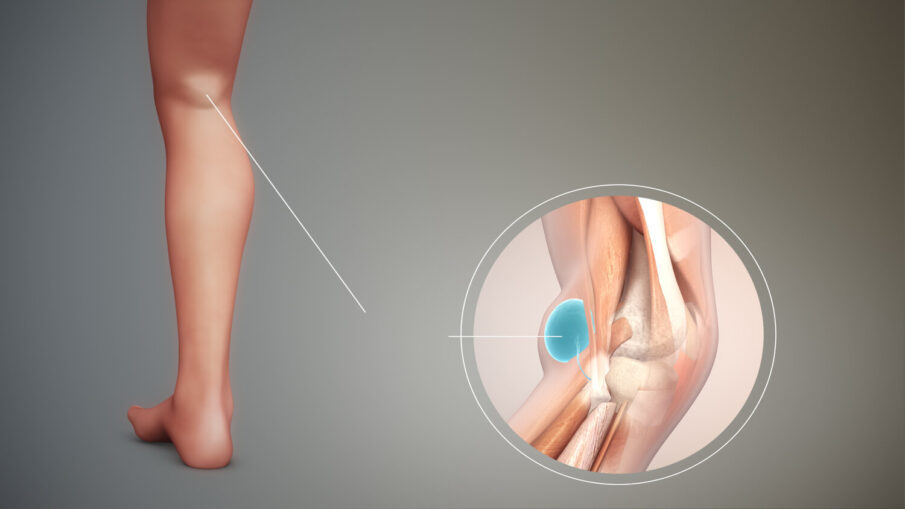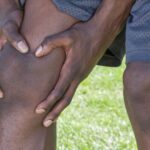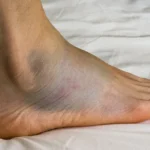Baker cyst is a fluid-filled growth behind the knee. It causes a bulge and a feeling of tightness. Also called a popliteal (pop-luh-TEE-ul) cyst, a Baker cyst sometime causes pain. The pain can get worse when with activity or when fully straightening or bending the knee. Although a Baker cyst may cause swelling and discomfort, treating the underlying problem that is causing it usually provides relief.
Causes of Baker’s cyst
Osteoarthritis Degeneration of joint cartilage, common in older adults.
Rheumatoid arthritis: An autoimmune inflammatory condition.
Gout or pseudogout: Crystal deposits cause inflammation in the joint.
Meniscal tear: A tear in the knee cartilage can lead to joint fluid accumulation.
Excess Synovial Fluid Production
The knee joint produces synovial fluid for lubrication. Injury or inflammation can lead to overproduction, which may bulge into the popliteal space.
Knee Injury or Trauma
Damage to ligaments, cartilage, or joint structures can trigger inflammation and excess fluid buildup.
Inflammatory Joint Diseases
Conditions like lupus or psoriatic arthritis can also lead to a Baker’s cyst.
In conclusion, most Baker cysts aren’t serious, but you should always have a healthcare provider examine and diagnose any new bumps or growths on your body. A Baker cyst can sometimes go away on its own and it doesn’t always cause pain. However, it’s important to have the condition diagnosed by your healthcare provider to make sure it’s not a sign of a more serious condition.
All information are gotten from cleave land clinics.



